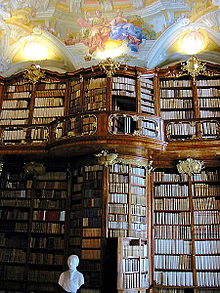NOOREM TARKVARAARENDAJA ERIALA
What is the info?
Info, in certain contexts, serves as an incentive with meaning for the receiver. When information is input and stored on a computer, it is commonly referred to as data. Following processing, such as formatting and printing, the output data can once again be perceived as information. My information becomes a note when compiled or utilized to enhance understanding or facilitate action.
This hierarchy is depicted by the model “data-information-knowledge-wisdom.” A pyramid-structured model was designed to illustrate that data can be gathered in various formats, analyzed, and transformed into different forms. Each level of the pyramid signifies a distinct perspective or abstraction level:
- Data: Discrete, unprocessed facts about a given situation, lacking analysis or interpretation.
- Information: Application of the description and meaning of data to make them useful.
- Knowledge: Information to which understanding, context, and a reference framework have been applied for interpretation.
- Wisdom: Transformation of knowledge into wisdom by applying judgment and action to information.
This is my Info: My name is Artur Shushkevich, I'm 16 years old. I live in Estonia, Tallinn. I am studying at Tallinn Industrial Education Centre. My portfolio - https://artursuskevits22.thkit.ee
Tallinn Industrial Education Centre site – https://www.tthk.ee/
This is me:

This is TTHK:

More about information
Information Minu Info (from Latin. informātiō “explanation, representation, concept of something” ← informare “to give shape, form, teach; to think, to imagine”[1]) — information (messages, data) regardless of the form of their presentation[2][3].
Information is not matter or energy, information is information.
Norbert Wiener[4]
The following definitions are given in international and Russian standards:
processed, organized and related data that generate meaning (ISO 5127:2017)[5];
knowledge about subjects, facts, ideas, etc. that people can exchange within a specific context (ISO/IEC 10746-2:1996)[6];
knowledge about facts, events, things, ideas and concepts that have a specific meaning in a certain context (ISO/IEC 2382:2015)[7];
information perceived by a person and (or) special devices as a reflection of the facts of the material or spiritual world in the process of communication (GOST 7.0-99)[8].

The scheme of the genetic code

Although information
Although individuals must give some form of representation to information (turning it into data) for exchange, interpretation primarily constitutes information (meaning) from such representation (ISO/IEC/IEEE 24765:2010)[9]. Compare information to information, etymologically suggesting a commonality of reference, a joint understanding between the sender and the recipient of the information (successfully delivering meaning through the form of presentation). Therefore, in a strict sense, information differs from data, although in an informal context, these two terms often synonymously use. The verb to inform, as a synonym for inform, also implies achieving community in conducting the signified, i.e., in understanding the signifier.
Initially, people transmitted “info” orally, in writing, or in any other way (using conditional signals, technical means, etc.); since the middle of the XX century, the term “information” has become a general scientific concept, including exchanging information between people, a person and an automaton, an automaton and an automaton; exchanging signals in the animal and plant world; transmitting signs from cell to cell, from organism to organism (for example, genetic information); one of the basic concepts of cybernetics[10].
Despite its widespread use, scientists find the concept of information to be one of the most controversial, and different meanings can attach to the term in different branches of human activity[11]. For example, academician N. N. Moiseev even believed that, due to the breadth of this concept, a strict and sufficiently universal definition of information does not and cannot exist[12].